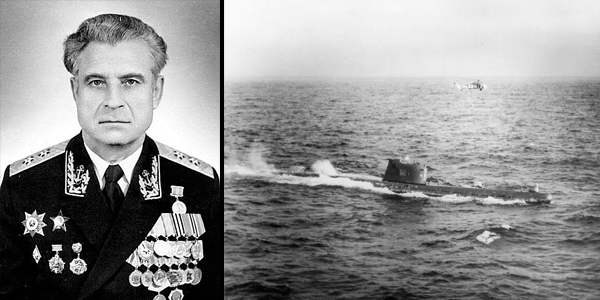Back in the 1960s, the world was a tiny bit scarier than it is today. Mostly because the threat of a nuclear war was permanently overshadowing the world politics.
One might think that the specter of the horrors of WWII and the still recent memory of the Hiroshima and Nagasaki bombings were making everyone in the world of politics constantly walk on eggs. One couldn’t be more wrong.
In 1953 a revolution broke out in Cuba. Six years later, the country was led by communist revolutionaries, who attempted to ‘export’ their revolution to the neighboring countries, traditionally seen by the US as their own ‘backyard’. This quickly led to a long-lasting US embargo.
Cuba thus turned to the USSR, and the two ideologically complementary countries quickly developed close political and military ties. In 1962 this Cuba became a repository for Soviet nuclear weapons, and the Cuban Missile Crisis ensued.
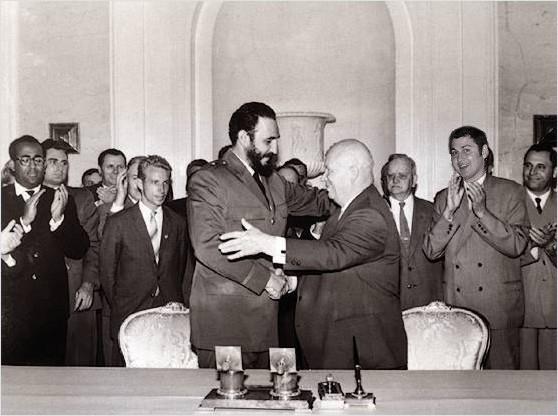
International waters were swamped with submarines, aircraft carriers, and battleships, both US and Soviet. Diplomatic measures were proving on a daily basis to be insufficient – if not inapt – for the resolution of tensions between the Cold War rivals. Hundreds of meters below the surface, one crew of a Soviet submarine had been cut out from the outside world for days, hiding from its US pursuers.
It was a Foxtrot class diesel-electric B-59 nuclear submarine. On 27 October 1962, eleven US Navy destroyers and the aircraft carrier USS Randolph spotted the submarine and started dropping so-called ‘depth charges’ – explosives intended to make the submarine resurface and identify itself.
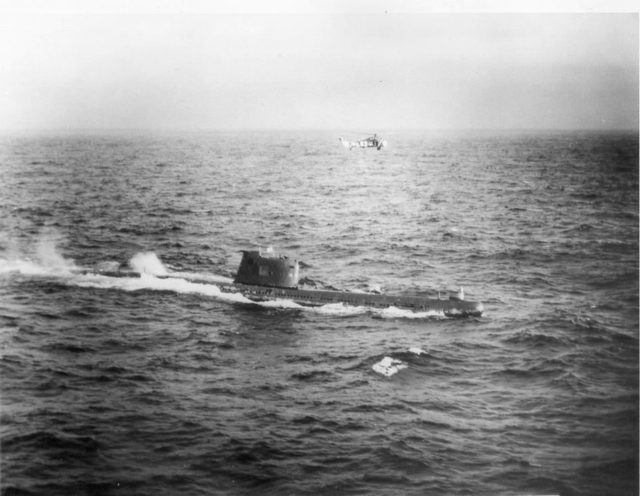
Being cut out from the radio communication for too long, the captain of the submarine, Valentin Grigorievitch Savitsky, thought that the outright war already broke out and decided it was time to fight back with their strongest weapon – the T-5 nuclear torpedo. In order for this action to take place, a unanimous decision had to be made among the three submarine officers. Savitsky and the political officer, Ivan Semonovich Maslennikov, were all in. Flotilla commander, Vasili Arkhipov, disagreed.
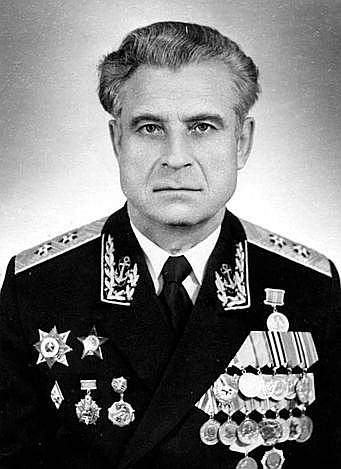
Arkhipov had already been involved in a nuclear incident. Only a year ago, in July, he was serving as a deputy commander of a K-19 nuclear submarine whose coolant – as well as radio communication – system suffered a serious malfunction. Having no backup systems, Arkhipov ordered his men to come up with a solution, else the nuclear meltdown was inevitable.
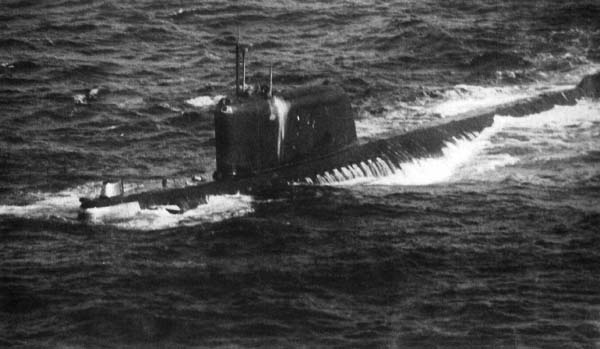
The entire crew, including Arkhipov, was irradiated and all members of the engineering crew died within a month of finding a solution to the imminent disaster. So, Vasili Arkhipov was kind of an experienced actor in this field.
His reputation might have helped him convince other commanders to step away from the red button. After all, he didn’t prevent a nuclear disaster just so he could start one of his own. The submarine eventually resurfaced and backed away. Arkhipov’s cool head extended the lives of many two years in a row. Even though he never received any official honors for his role, the humanity owes him a great deal of respect.
Historians, sociologists, and philosophers have been trying for centuries to figure out the dilemma of what constitutes a decisive social actor. Can a well-placed human being prove to be more important than thousands of misplaced others? It turns out, it surely can.
